Economic development that improves living standards and creates jobs can be accomplished through sound public policy. Investments in public infrastructure and public education are the two most effective ways for governments to boost the economy.
Investments in Public Infrastructure
Investing in high-quality public infrastructure is an efficient use of taxpayer dollars because there is a high return on investment, attracting business activity and creating good jobs. Investing in public infrastructure has positive effects on both productivity and economic growth. For every dollar invested in public infrastructure, the Council of Economic Advisers has found that the economy growth by $1.50, Moody’s Analytics estimated a $1.60 multiplier, and the Congressional Budget Office forecasts a return on investment of as much as $2.50.
Using IMPLAN, an industry-standard economic impact analysis software, ILEPI estimates that every $1 billion in infrastructure investment boosts the economy by between $1.7 billion and $3.5 billion in Illinois and saves or creates up to 25,000 jobs.
Impact of Investing $1 Billion in Illinois by Type of Infrastructure, 2020 Estimates
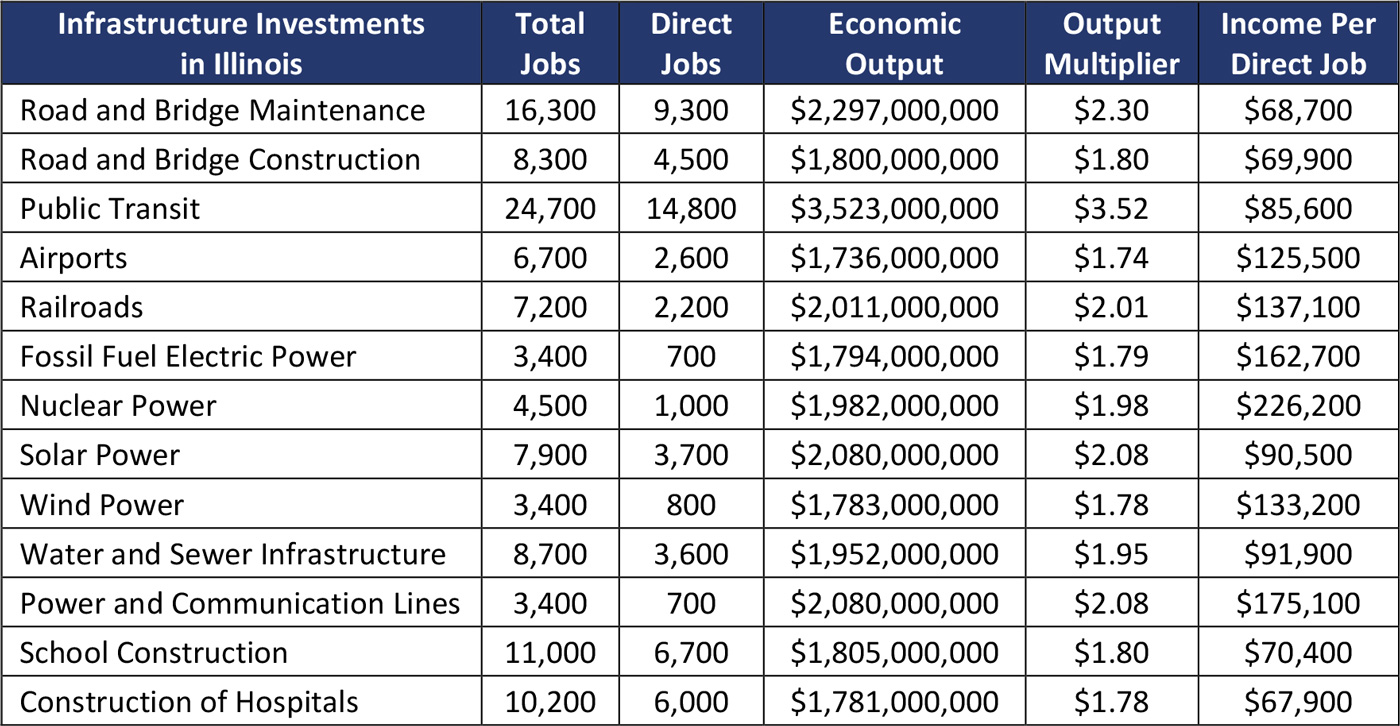
Source: IMPLAN, 2020 Impacts for Illinois (IMPLAN, 2020).
Investments in Public K-12 Education
Investing in children through public education adds long-term economic value by boosting knowledge, increasing the skills of future workers, and developing future innovators and entrepreneurs. Research shows that investing in K-12 public education upfront is more cost-effective for a community than paying for the downstream social and economic consequences of underfunded public schools.
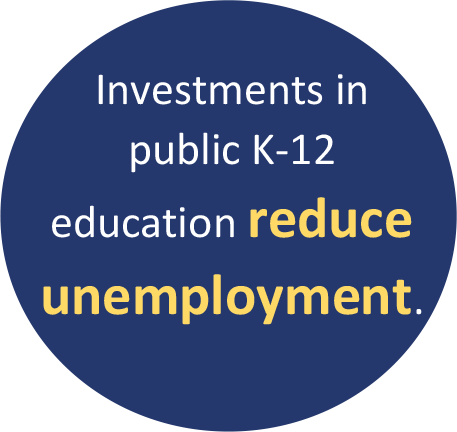
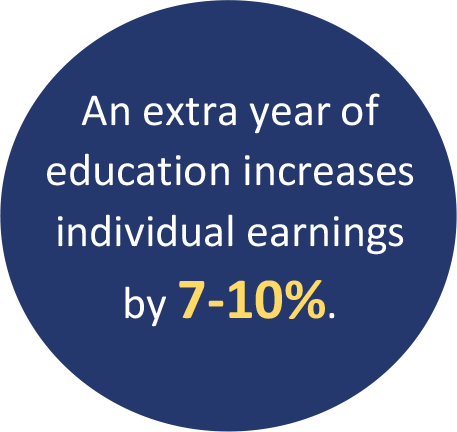
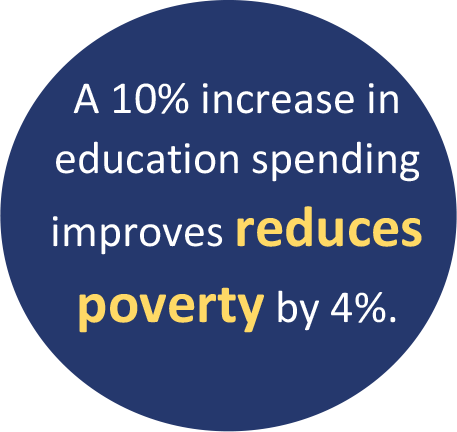

Investments in Public Colleges and Universities
Investing in higher education is a smart economic development policy that boosts incomes and supports employment. A well-educated workforce builds the foundation for shared economic prosperity and increases a state’s productive, technological, and innovative capacities.
A 1% increase in the share of a state’s population with bachelor’s degrees is linked with a 0.8% increase in the employment rate.
Raising the share of African Americans with bachelor’s degrees by 1% is associated with a 0.5% decrease in the black unemployment rate.
Median wages are substantially higher in states with better-educated workers
Public universities and community colleges contribute significantly to Illinois’ economy.
Public investment in higher education supports more than 123,900 total jobs annually, including 79,600 direct jobs at universities and colleges.
Public universities and colleges boost the Illinois economy by $16.1 billion every year.
Corporate Tax Incentives
Research shows that tax incentives that subsidize corporations have yielded far fewer economic benefits than comparable investments in infrastructure and education.
Illinois spent $289 million in corporate subsidies each year from 2000-2017. If that money was instead invested in infrastructure and education, the economy would have added up to 6,100 more jobs and $189 million in output annually.
Instead of lifting up disadvantaged and lowincome communities, corporate subsidies have primarily gone to areas that are majority white and have high incomes, exacerbating inequality.
Economic research finds that corporate tax incentives have no effect on employment growth and routinely fail to generate the number of jobs promised in each deal.
Featured Work:
Illinois’ $1 Trillion Economy: A Historic Achievement in Context
November 15, 2022 |
Fact SheetHigh-Impact Higher Education: Understanding the Costs of the Recent Budget Impasse in Illinois
September 6, 2017 |Policies that Support Employment: Investments in Public Education, Investments in Public Infrastructure, and a Balanced State Budget
September 7, 2016 |Factors that Impact PreK-12 Student Test Scores in Illinois: An Analysis of 543 Local Public School Districts
January 20, 2020 |Preferable Alternatives: The Cost of Business Subsidies in Illinois
August 17, 2017 |Playing Favorites: Understanding the Demographics of Economic Development Subsidies in Illinois
August 17, 2017 |
